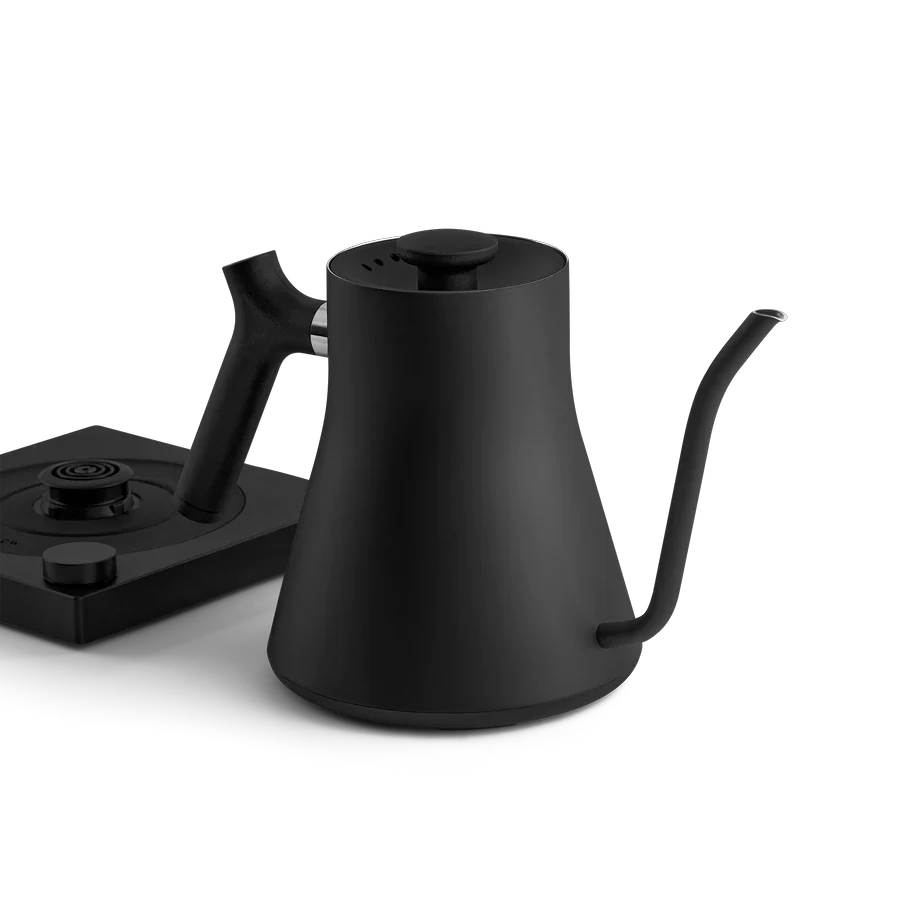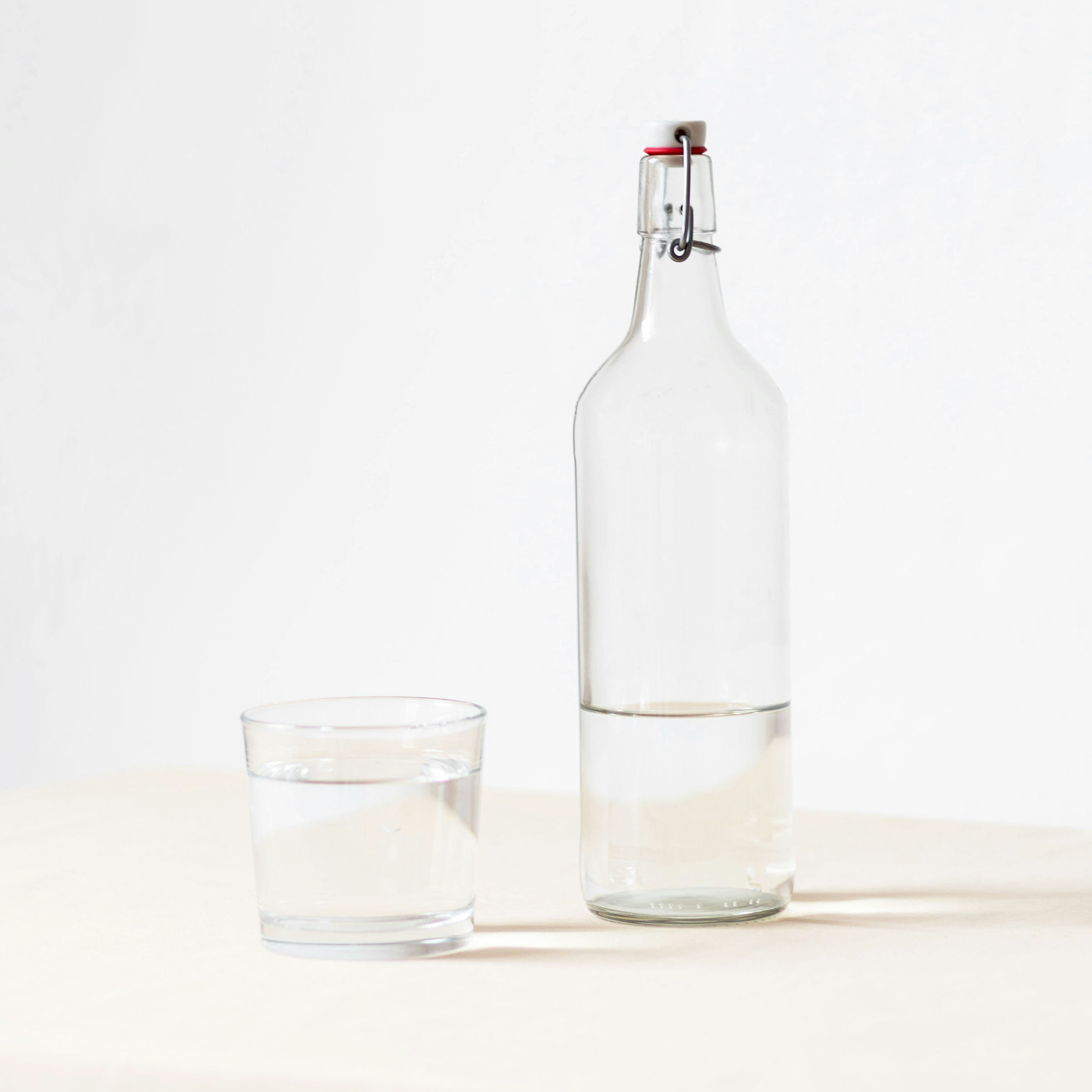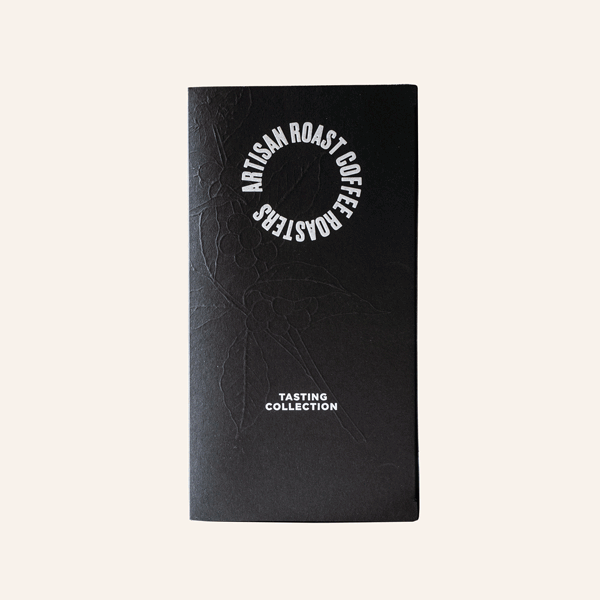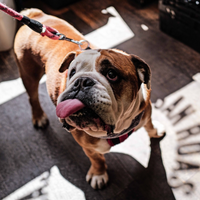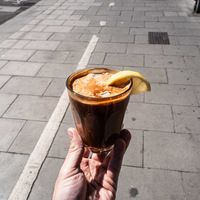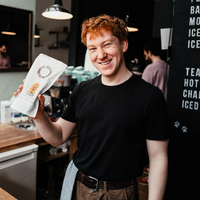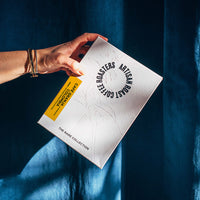Mastering the Perfect Brew: The Crucial Role of Temperature in Coffee Brewing
For home brewers seeking to elevate their coffee game, understanding and controlling the temperature is a game-changer. The perfect cup of coffee isn't just about quality beans or precise grind size; it's about how you harness the power of temperature to unlock the flavours hidden within those beans. Let's dive into why temperature control is so important and how you can master it at home.
Why Temperature Matters
Coffee brewing is essentially a chemical extraction process. The goal is to extract the right amount of soluble compounds from the coffee grounds. Water temperature plays a pivotal role in this extraction process. Too hot, and you risk over-extraction, leading to bitter, harsh flavors. Too cold, and you might under-extract, resulting in a sour, weak brew.
The optimal temperature range for brewing coffee is typically between 90°C to 96°C ( 195°F to 205°F ) . Within this range, you ensure the balanced extraction of desirable flavours, oils, and aromas.
The Goose Neck Kettle: A Brewer’s Best Friend
One of the most effective ways to maintain precise control over your brewing temperature is by using a goose neck kettle with temperature control. Here’s why:1. Precision: Goose neck kettles with built-in temperature control allow you to set the exact temperature you need. This precision ensures you consistently hit that sweet spot for optimal extraction.
2. Pour Control: The unique shape of the goose neck spout gives you unparalleled control over the flow rate and direction of the water, which is particularly beneficial for pour-over methods.
3. Consistency: With a temperature-controlled kettle, you eliminate the guesswork and achieve consistency with every brew.
Preheating Your Brewing Vessel
Before you start brewing, it's crucial to preheat your brewing vessel, whether it's a French press, Chemex, or a simple mug. Preheating ensures that the brewing temperature remains stable, preventing heat loss when the hot water comes into contact with a cold surface. Here’s how to do it:
1. Boil Extra Water: Boil a little more water than you need for brewing.
2. Pour and Swirl: Pour the hot water into your vessel and swirl it around to warm up the walls.
3. Discard the Water: Once the vessel is warmed up, discard the hot water and proceed with your brewing process.
This simple step can make a noticeable difference in maintaining the ideal brewing temperature, thereby enhancing the overall quality of your coffee.
Practical Tips for Home Brewers
1. Invest in a Quality Kettle: A goose neck kettle with temperature control is a worthwhile investment for any serious home brewer. It offers the precision and consistency needed for great coffee.
2. Monitor and Adjust: Always monitor the temperature of your water, especially if you’re using different brewing methods. Some methods, like espresso, require slightly different temperatures than pour-over or French press.
3. Experiment: Don’t be afraid to experiment within the recommended temperature range. Slight adjustments can bring out different flavor profiles in your coffee, helping you find your perfect cup.
4. Keep Notes: Keep a brewing journal to record temperatures, grind sizes, and extraction times. This can help you replicate successes and troubleshoot any issues.
Special Subscribers only 15% discount: %WATTERMATTERS15
Happy brewing!


